Perovskia Companion Plants That Will Make Your Garden Pop
Perovskia Companion Plants That Will Make Your Garden POP
Perovskia, also known as Russian sage, is a beautiful and easy-to-grow perennial that adds a touch of elegance to any garden. With its tall, airy stems and spikes of blue flowers, Russian sage is a standout in the landscape. But did you know that it can also be used to create stunning companion plantings?
When choosing companion plants for Russian sage, there are a few things to keep in mind. First, you'll want to consider the size and growth habit of the plants. Russian sage can grow up to 3 feet tall and wide, so you'll need to choose companion plants that won't be overshadowed by it. You'll also want to think about the color and texture of the plants. Russian sage has silvery-green leaves and blue flowers, so you might want to choose companion plants that complement those colors.
Here are a few of our favorite companion plants for Russian sage:
- Lavender: Lavender is a classic companion plant for Russian sage. The two plants have similar growing requirements and flower at the same time. Lavender's purple flowers add a touch of contrast to Russian sage's blue flowers.
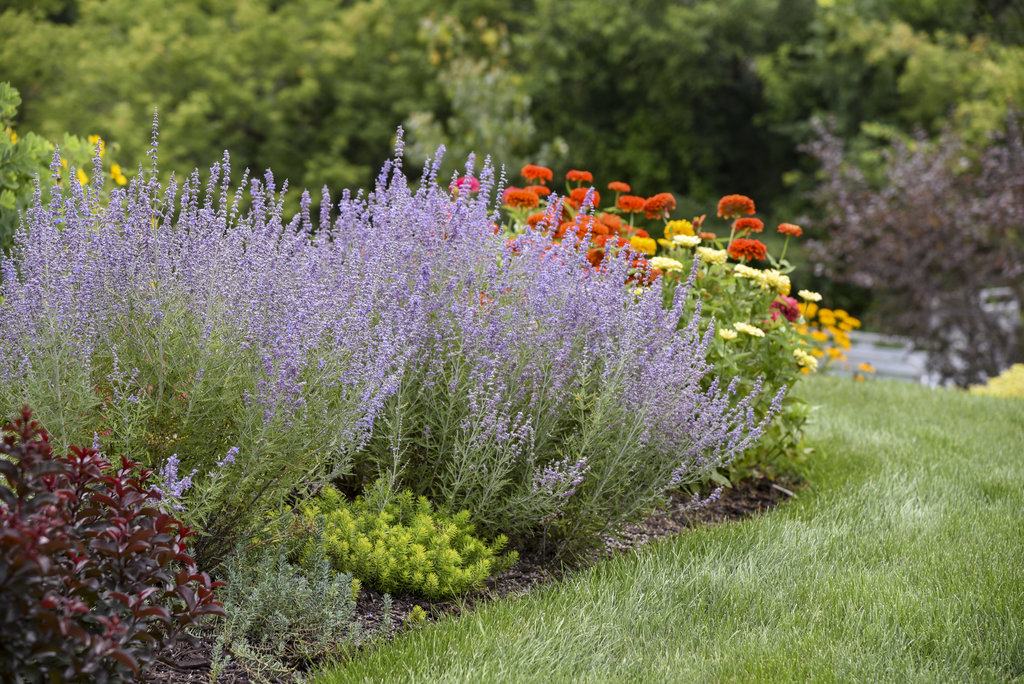
- Coneflower: Coneflowers are another great choice for companion plants for Russian sage. The tall, spires of coneflower flowers add height and interest to the garden. Coneflowers come in a variety of colors, so you can choose ones that complement the color of your Russian sage.

- Yarrow: Yarrow is a low-maintenance perennial that adds a touch of texture to the garden. Its feathery leaves and clusters of white flowers provide a nice contrast to Russian sage's blue flowers.

- Bee balm: Bee balm is a pollinator-friendly plant that attracts butterflies and hummingbirds to the garden. Its bright red flowers add a pop of color to the landscape. Bee balm can grow up to 3 feet tall, so it's important to choose a variety that will not outgrow your Russian sage.

- Goldenrod: Goldenrod is a native North American wildflower that blooms in late summer and fall. Its bright yellow flowers add a touch of warmth to the garden. Goldenrod can grow up to 6 feet tall, so it's important to choose a variety that will not outgrow your Russian sage.

In addition to these companion plants, you can also plant Russian sage with other perennials such as daylilies, sedum, and ornamental grasses. With a little planning, you can create stunning and colorful companion plantings that will add interest and beauty to your garden for years to come.
Russian sage (Perovskia atriplicifolia) is a beautiful, hardy perennial that is known for its long-lasting, violet-blue flowers. It is a great choice for adding color and interest to any garden, and it is also relatively easy to care for.
One of the best things about Russian sage is that it can be paired with a wide variety of other plants. Some of its best companion plants include:
- Lavender: Lavender is another drought-tolerant plant that looks great with Russian sage. The two plants complement each other's colors and textures, and they both attract butterflies and bees.
- Coneflower: Coneflowers add height and drama to any garden, and they also come in a variety of colors that can be paired with Russian sage.
- Yarrow: Yarrow is a low-maintenance plant that blooms for months, providing a continuous source of color in the garden. It also helps to repel pests, making it a good choice for companion planting with Russian sage.
- Sedum: Sedum is another drought-tolerant plant that is known for its succulent leaves. It comes in a variety of colors, so you can choose one that will complement the color of your Russian sage plants.
If you are looking for more information about perovskia companion plants, I recommend visiting Gardenia Inspiration. This website has a comprehensive list of plants that can be paired with Russian sage, as well as tips on how to plant and care for these plants.
FAQ of perovskia companion plants
Q: What are some good companion plants for Russian sage?
A: Russian sage (Perovskia atriplicifolia) is a hardy perennial that can grow up to 4 feet tall and wide. It blooms in late spring to early summer with spikes of blue, purple, or white flowers. Russian sage is drought-tolerant and prefers full sun, but it can also tolerate partial shade. It is a good choice for attracting butterflies and bees to your garden.
Some good companion plants for Russian sage include:
- Lavender: Lavender is another drought-tolerant plant that blooms in the same season as Russian sage. It has a similar color palette, so it will complement Russian sage well in your garden.
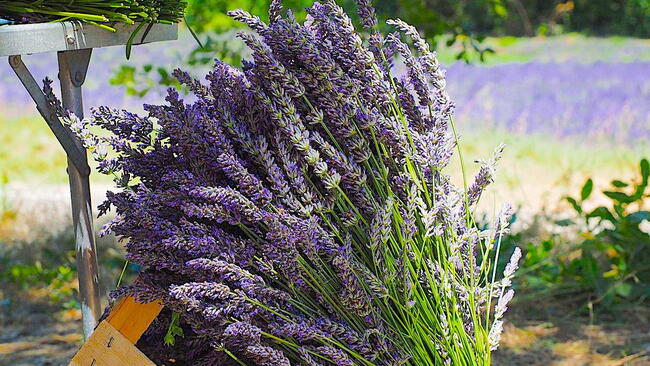
- Yarrow: Yarrow is a low-maintenance plant that blooms in late summer. It has white, yellow, or pink flowers that will add a splash of color to your garden.

- Echinacea: Echinacea is a native North American plant that blooms in the summer. It has daisy-like flowers that come in a variety of colors, including purple, pink, and white.
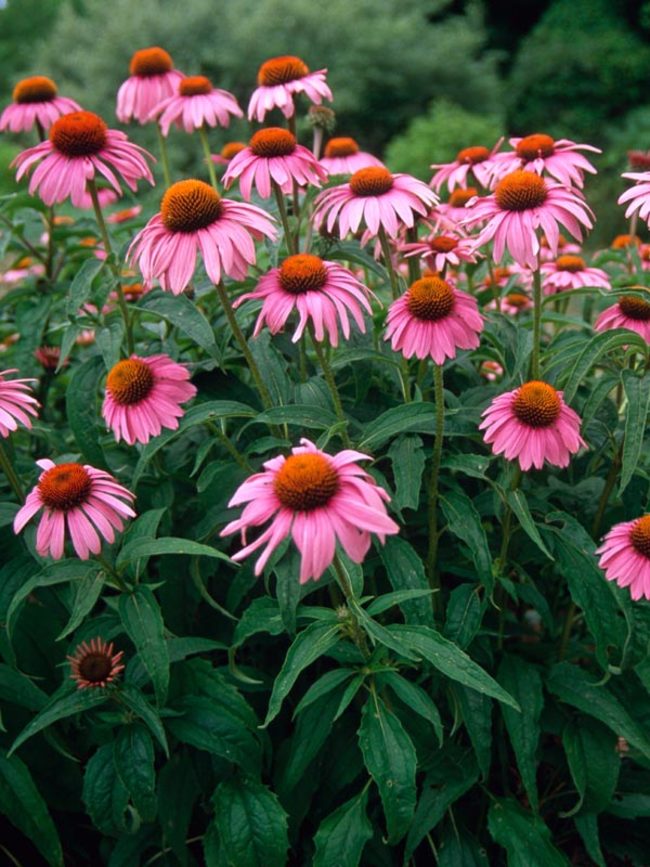
- Rudbeckia: Rudbeckia is a tall, daisy-like plant that blooms in the summer. It has yellow, orange, or brown flowers that will add a pop of color to your garden.
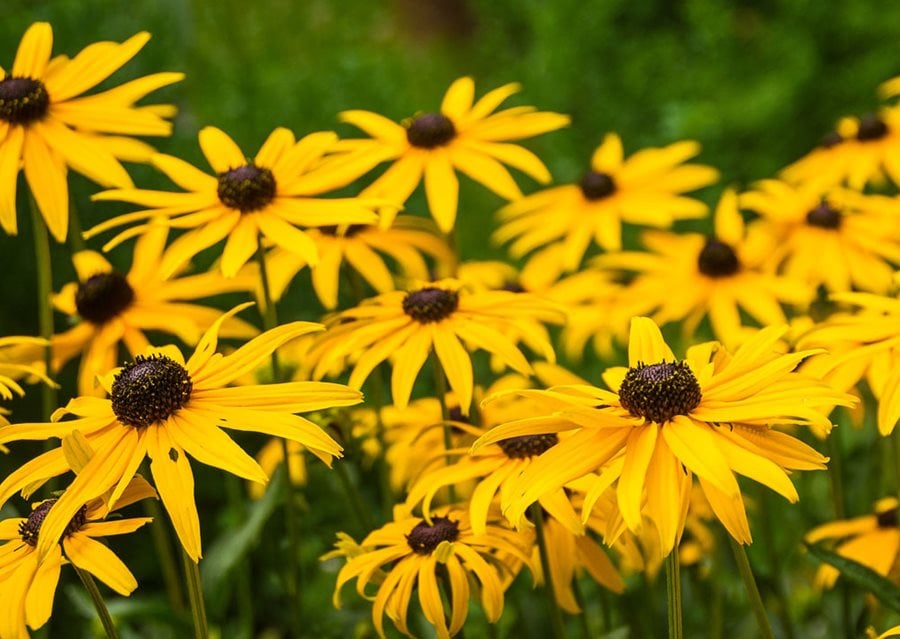
- Coneflower: Coneflower is a tall, daisy-like plant that blooms in the summer. It has bright orange or yellow flowers that will attract butterflies and bees to your garden.
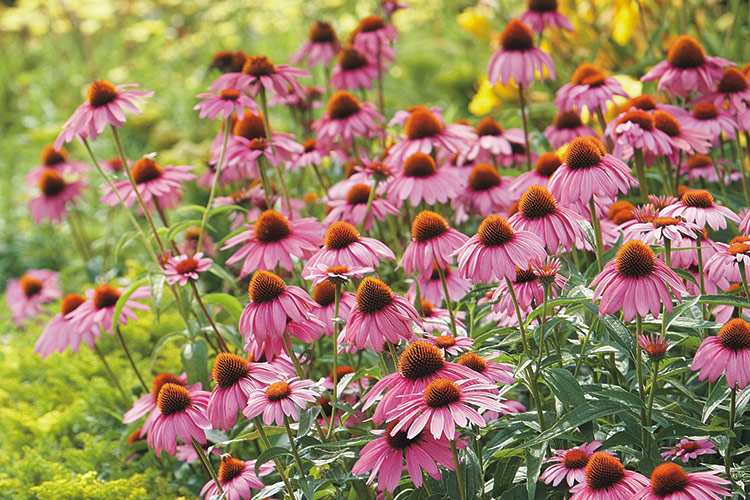
Q: What are the best growing conditions for Russian sage?
A: Russian sage prefers full sun and well-drained soil. It can tolerate sandy or clay soils, but it does not like wet feet. Russian sage is drought-tolerant once established, but it will benefit from regular watering during the first year.
Q: How do I propagate Russian sage?
A: Russian sage can be propagated by seed, division, or cuttings. Seed propagation is the most common method, but it can be slow and unpredictable. Division is a more reliable method, but it is best done in the spring or fall. Cuttings can be taken from the plant in the summer and rooted in a pot of well-draining soil.
Q: How do I care for Russian sage?
A: Russian sage is a low-maintenance plant. Once established, it does not need to be fertilized or pruned regularly. However, you may want to deadhead the flowers to encourage new blooms. You should also water Russian sage regularly during the first year, but it should be able to withstand drought once it is established.
Q: How do I overwinter Russian sage?
A: Russian sage is hardy in USDA zones 4 to 9. In colder climates, it may need to be protected from the cold. You can do this by covering the plant with a burlap sack or evergreen boughs. You may also want to cut the plant back to about 6 inches in the fall.
Image of perovskia companion plants
5 different images of "perovskia companion plants" from pinterest.com:
- Russian sage and coneflower. The tall, airy blooms of Russian sage complement the sturdy, daisy-like flowers of coneflower. They both prefer full sun and well-drained soil, and they can be grown in a variety of climates.

- Russian sage and yarrow. The silvery-gray foliage of Russian sage and the bright yellow flowers of yarrow create a striking contrast. They both attract butterflies and bees, and they can be used to add color and texture to any garden.
- Russian sage and ornamental grasses. The tall, wispy stems of Russian sage can be used to soften the edges of ornamental grasses. They both prefer full sun and well-drained soil, and they can be used to create a variety of garden styles.

- Russian sage and lavender. The blue flowers of Russian sage and the purple flowers of lavender complement each other beautifully. They both have a strong fragrance, and they attract butterflies and bees.

- Russian sage and sedum. The blue flowers of Russian sage and the pink flowers of sedum create a cheerful combination. They both prefer full sun and well-drained soil, and they can be used to add color and texture to a rock garden or a dry garden.
Post a Comment for " Perovskia Companion Plants That Will Make Your Garden Pop"